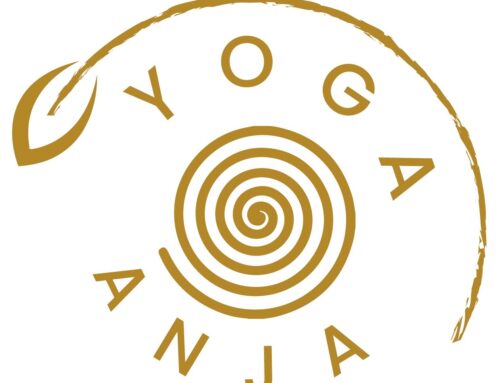Spa Key Performance Indicators: Which Spa KPIs should Spa Managers know?
What are KPIs?
KPI stands for Key Performance Indicator.
KPIs basically measure your spa’s performance.
They help to evaluate the success of your spa in a variety of activities.
What is success in the service industry and particularly in Spas?
Ok, if KPIs help to evaluate the spa’s success, what is success then?
Simplified we can define success as the achievement of operational and strategical goals. For example a certain level of revenue increase, customer satisfaction (click to read more about guest satisfaction here), percentage of complaints, achieving market leadership etc.
Spa businesses are complex creatures
People deal with people.
That is difficult as such.
Above, quality and features of services cannot easily be measured.
And new market entrants and substitute offers can take away slices of the market pie.
Understanding the business in great detail helps in achieving operational goals and to provide excellent service that leads to sustainable and competitive business.
How to choose the right KPIs?
Choosing the right KPIs strongly depends on what is important to the organisation.
You may say “..at the end, the only important thing is revenue…”.
Yes, buuuut….
I think revenue is an important result, not a goal!
Goals should rather sound like this:
“Increase guest satisfaction by x percent”
“Shift ratio between new customer and repeat customer by x percent”
“Improve occupancy by …”
“Lower costs by …”
“Improve staff moral…” etc.
Because all those will result in better revenue.
Yet we can see that those goals and their related KPI can have very different sources. What is important to the spa manager may differ from what is important to controlling, or executive management when thinking about investments.
Spa Management KPIs
Despite potential conflicts of interest, every spa manager needs to understand their most common operational KPIs.
You can retrieve some of your KPIs from your Spa Software in your ‘report’ menu.
Let me list a few Spa KPIs today and tell you why the spa manager needs to monitor them. This can happen on a daily, monthly, quarterly, or annual basis or any time frame you wish.
Spa Occupancy
Is also called ‘treatment room occupancy’ or simply ‘general productivity’.
It tells us how busy we are.
total number of treatment hours (TH) divided by total number of available treatment hours (ATH)
Average Treatment Rate (ATR)
Sometimes, it may occur that the spa is very busy and everything goes well Every therapist and beautician is booked. However at the end of the month or year, the general performance of the spa does not look favourable. How can this happen?
Just think about the many different prices that spa offers have:
a waxing of 15 min for 20 Euros, a massage of 60 min for 95 Euros, a facial of 80 min for 160 Euros. If you were to calculate a minute price (which we do not really do, we like to stick to hours), we understand the great differences. So you will achieve a very different outcome if you sold only waxing for an entire morning, versus facials only for the same time frame. Ideally we would always try and sell the most profitable treatment (which is not necessarily the one that achieves the highest price!) only. But of course, we sell a mix of treatments and rates which changes on a daily basis. And the ATR tells us which it is.
total treatment revenue in a given time period (divided by) total number of treatments performed in same period
Average Treatment Time
We sell time in spas, and any drastic changes in average treatment time could negatively impact RevPATH and occupancy rates. That is why I consider this spa key performance indicator pretty important.
Total number of treatment hours sold / Total number of treatments sold
We need to keep an eye on average treatment time when designing or re-designing a Spa Treatment Menu.
Repeat Guest Ratio
Tracking the number of guests that return to the spa gives us valuable information on how engaged guests are with the brand.
Total number of repeat guests / Total number of guests that visited the spa.
Hotel Guest Capture Rate (for Hotel Spas)
Tells us how many of the hotel guests have patronised the spa.
Industry benchmark is somewhere between 15 to 40% for resort areas, and about 5-7% in urban Hotel Spas.
External Guest Ratio (for Hotel Spas or Membership Spas)
The split of external versus internal clients is particularly important for a hotel spa that relies on local clients to sustain their business during off season. A helpful way of binding external guests to the Spa are Spa Memberships.
Total number of external (non-hotel) guests / Total number of guests that visited the spa
Retail Sales
Retail sales is measured in percentage of treatment revenue.
If you want to achieve for example 20%, you need to sell retail worth 20 Euros for every 100 Euros treatment revenue.
And why is this important? Because we have fixed capacities in spas, usually limited by the number of treatment rooms available, or service provider.
One way of stretching revenue streams once you have full occupancy is retail.
My KPI table
Have you signed up for my newsletter yet? Then you have received my surprise and free KPI spreadsheet for your convenience.
Confused about all the numbers? No worries, just drop me an email and I am happy to shed more light on this. I am here, you just need to get in touch.







